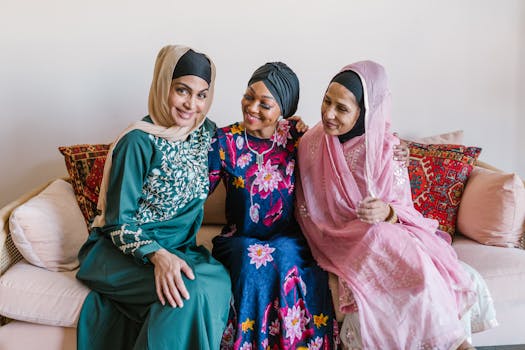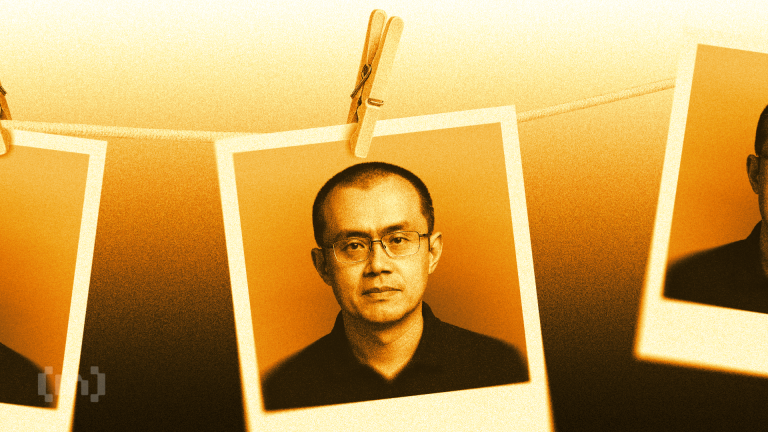
Cultural Fusion: Embracing Diversity in European Lifestyles by 2025
Cultural fusion is a term used to describe the blending of different cultural practices, traditions, and lifestyles. In Europe, cultural fusion is on the rise, with people from diverse backgrounds coming together to create a vibrant and inclusive community. Cultural Fusion is not just a trend, but a way of life, and it’s expected to continue growing and evolving by 2025.
What is Cultural Fusion?
Cultural fusion is the process of combining different cultural elements, such as music, art, food, and language, to create something new and unique. It’s a two-way process, where different cultures exchange and adapt each other’s practices, resulting in a rich and diverse cultural landscape. In Europe, cultural fusion is happening at a rapid pace, with the continent’s diverse history, geography, and population contributing to its cultural richness.
Benefits of Cultural Fusion
The benefits of cultural fusion are numerous. It promotes diversity and inclusion, allowing people from different backgrounds to come together and share their experiences. Cultural fusion also encourages creativity and innovation, as people from different cultures bring their unique perspectives and ideas to the table. Furthermore, cultural fusion helps to break down stereotypes and prejudices, promoting a more open-minded and tolerant society.
Examples of Cultural Fusion in Europe
There are many examples of cultural fusion in Europe. For instance, the city of London is a melting pot of different cultures, with people from all over the world living and working together. The city’s food scene is a great example of cultural fusion, with traditional British cuisine blending with international flavors and ingredients. Another example is the Berlin arts scene, which is known for its vibrant and eclectic mix of different cultural styles and influences.
Challenges and Opportunities
While cultural fusion is a positive trend, it also presents some challenges. One of the main challenges is the risk of cultural homogenization, where the dominant culture overshadows the minority culture. Another challenge is the potential for cultural appropriation, where elements of one culture are adopted by another culture without proper understanding or respect. However, these challenges also present opportunities for growth and learning, as people from different cultures come together to share their experiences and perspectives.
Conclusion
In conclusion, cultural fusion is a powerful force that is shaping European lifestyles and traditions. By embracing diversity and promoting inclusion, cultural fusion is creating a vibrant and dynamic community that is rich in creativity and innovation. As we look to the future, it’s clear that cultural fusion will continue to play an important role in shaping European society, and it’s up to us to ensure that this trend continues to promote understanding, respect, and cooperation between different cultures.





